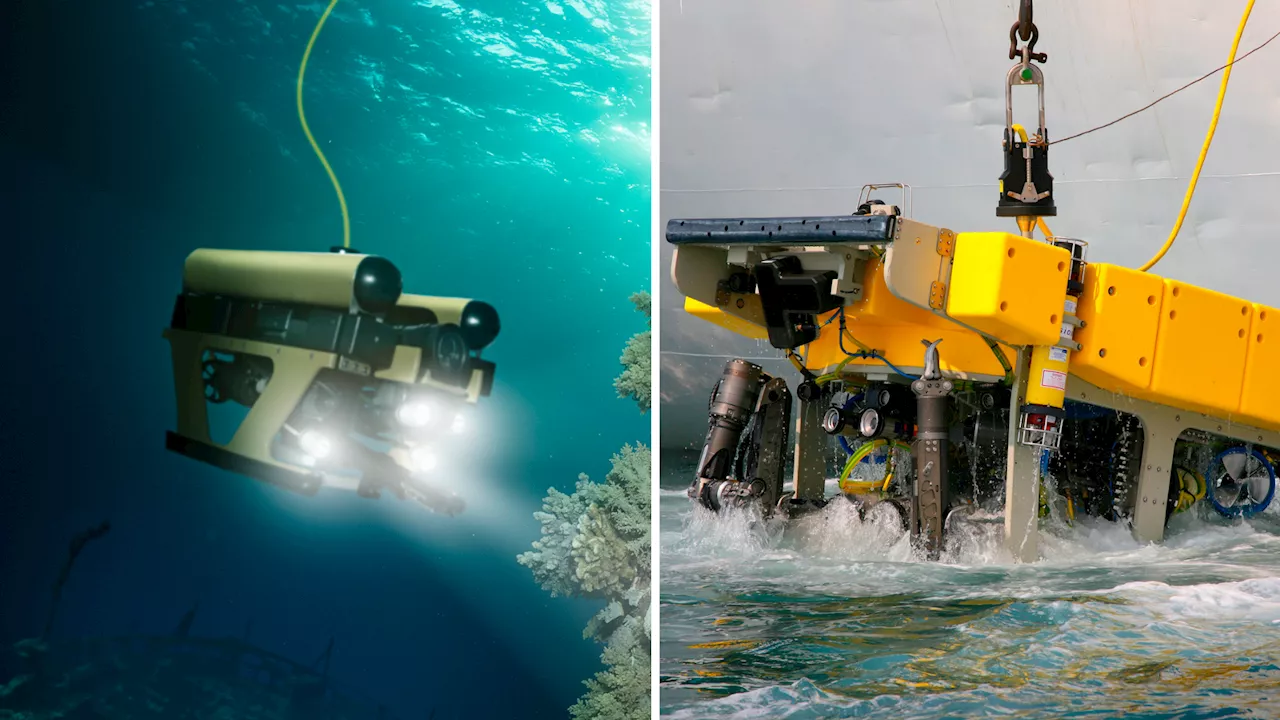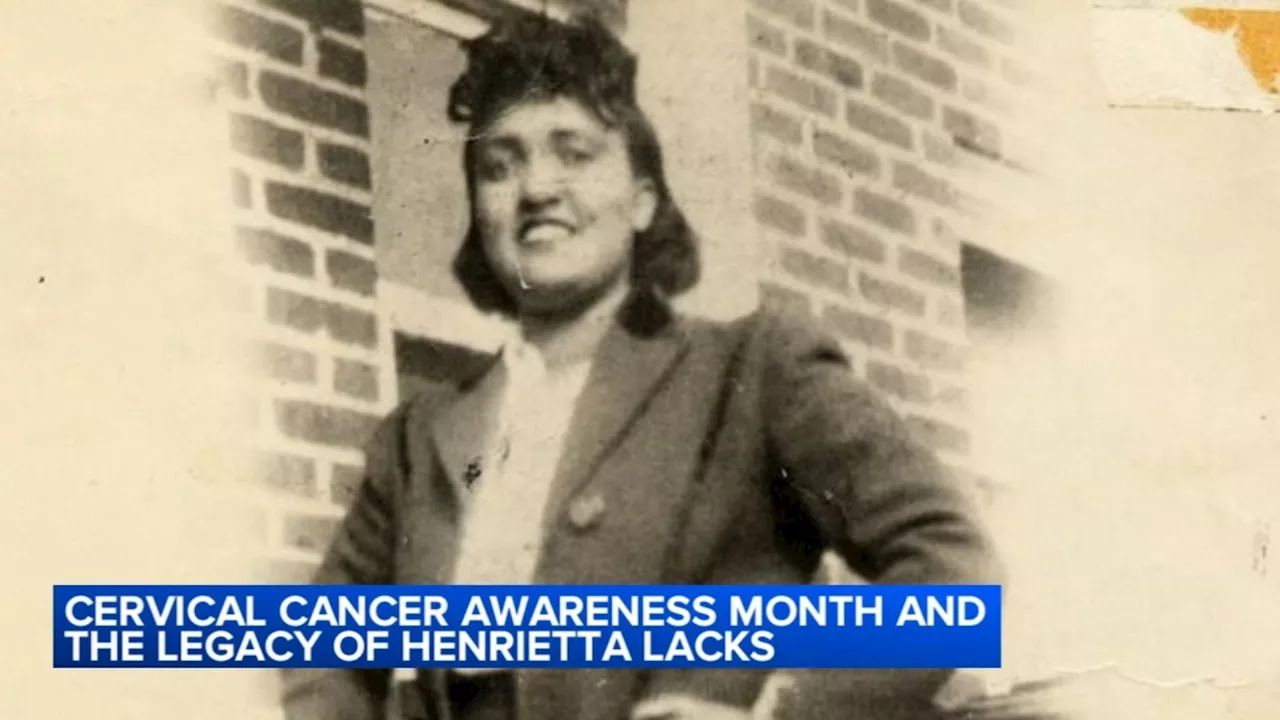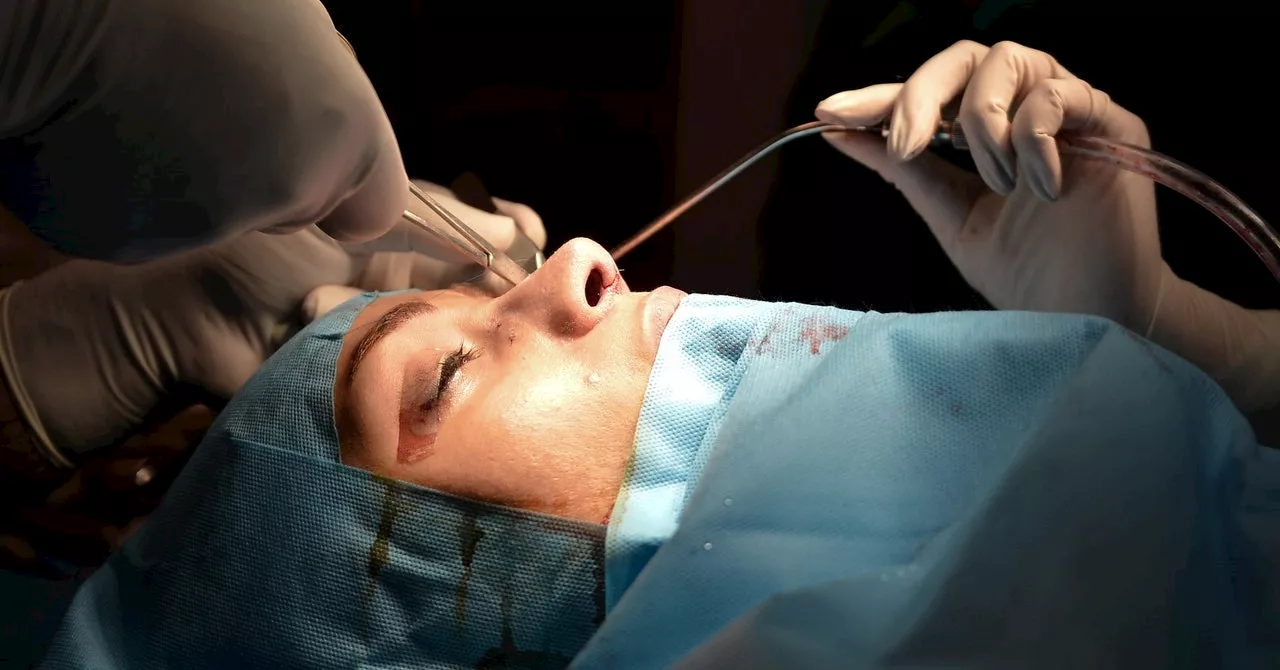A complex molecular machine, the spliceosome, ensures that the genetic information from the genome, after being transcribed into mRNA precursors, is correctly assembled into mature mRNA. Splicing is a basic requirement for producing proteins that fulfill an organism's vital functions.
Structural biologists provide a first-time look at the atomic level into the quality control mechanism of this complex molecular machineA complex molecular machine, the spliceosome, ensures that the genetic information from the genome, after being transcribed into mRNA precursors, is correctly assembled into mature mRNA. Splicing is a basic requirement for producing proteins that fulfill an organism's vital functions.
The genetic information of all living organisms is contained in the DNA, with the majority of genes in higher organisms being structured in a mosaic-like manner. So the cells are able to"read" the instructions for building proteins stored in these genetic mosaic particles, they are first copied into precursors of mRNA, or. The spliceosome then converts them into mature, functional mRNA.
The research was carried out as part of a long-term collaboration between the teams of Prof. Sinning and Prof. Dr Tamas Fischer, who specializes in RNA surveillance at the Australian National University in Canberra. Prof. Dr Henning Urlaub's research group at the Max Planck Institute for Multidisciplinary Sciences in Göttingen also participated. The work was funded by the German Research Foundation and the Australian Research Council.
Cell Biology Biochemistry Research Genetics Molecular Biology Developmental Biology Biotechnology And Bioengineering Biotechnology
United States Latest News, United States Headlines
Similar News:You can also read news stories similar to this one that we have collected from other news sources.
 Hydrogen-Powered Fuel Cells Enable Longer Range for Underwater RobotsScientists have developed a new energy system for autonomous underwater robots, like ocean gliders, that uses hydrogen and oxygen instead of lithium batteries. This sustainable system allows for a greater range and eliminates the need for onboard oxygen storage. The system extracts oxygen from seawater using a membrane technology similar to fish gills, powering a fuel cell that generates electricity.
Hydrogen-Powered Fuel Cells Enable Longer Range for Underwater RobotsScientists have developed a new energy system for autonomous underwater robots, like ocean gliders, that uses hydrogen and oxygen instead of lithium batteries. This sustainable system allows for a greater range and eliminates the need for onboard oxygen storage. The system extracts oxygen from seawater using a membrane technology similar to fish gills, powering a fuel cell that generates electricity.
Read more »
 Cervical Cancer Awareness Month: How Henrietta Lacks' cells changed the medical worldHenrietta Lacks died from cervical cancer in 1951 after being part of a clinical trial she wasn't aware of. 'HeLa cells' have since been sent around the world, and they have led to numerous medical breakthroughs.
Cervical Cancer Awareness Month: How Henrietta Lacks' cells changed the medical worldHenrietta Lacks died from cervical cancer in 1951 after being part of a clinical trial she wasn't aware of. 'HeLa cells' have since been sent around the world, and they have led to numerous medical breakthroughs.
Read more »
 These Newly Identified Cells Could Change the Face of Plastic SurgeryCartilage cells that contain fat explain why some skeletal tissues are less rigid than others, and could one day be grown in labs to produce better materials for performing reconstructive surgeries and rhinoplasties.
These Newly Identified Cells Could Change the Face of Plastic SurgeryCartilage cells that contain fat explain why some skeletal tissues are less rigid than others, and could one day be grown in labs to produce better materials for performing reconstructive surgeries and rhinoplasties.
Read more »
 Ultrasound and Microbubbles: A New Approach to Boosting Cancer-Fighting T CellsResearchers at Concordia University have developed a novel method of cancer treatment using ultrasound and microbubbles to enhance the activity of T cells, the body's natural cancer killers. This non-invasive approach aims to overcome the limitations of the tumor microenvironment, which often suppresses T cell function.
Ultrasound and Microbubbles: A New Approach to Boosting Cancer-Fighting T CellsResearchers at Concordia University have developed a novel method of cancer treatment using ultrasound and microbubbles to enhance the activity of T cells, the body's natural cancer killers. This non-invasive approach aims to overcome the limitations of the tumor microenvironment, which often suppresses T cell function.
Read more »
 A battle of rafts: How molecular dynamics in CAR T cells explain their cancer-killing behaviorScientists have devised new types of chimeric antigen-receptor (CAR) T cells -- a type of cancer immunotherapy -- that can be switched on to varying degrees of intensity and then switched off. In a promising form of immunotherapy known as CAR T-cell (chimeric antigen receptor) therapy, the patient's T cells are engineered to better recognize and attack antigens on the surface of cancer cells.
A battle of rafts: How molecular dynamics in CAR T cells explain their cancer-killing behaviorScientists have devised new types of chimeric antigen-receptor (CAR) T cells -- a type of cancer immunotherapy -- that can be switched on to varying degrees of intensity and then switched off. In a promising form of immunotherapy known as CAR T-cell (chimeric antigen receptor) therapy, the patient's T cells are engineered to better recognize and attack antigens on the surface of cancer cells.
Read more »
 Organic Solar Cells Show Promise for Space ExplorationA study from the University of Michigan suggests that organic solar cells could outperform conventional silicon and gallium arsenide for generating electricity in space.
Organic Solar Cells Show Promise for Space ExplorationA study from the University of Michigan suggests that organic solar cells could outperform conventional silicon and gallium arsenide for generating electricity in space.
Read more »
